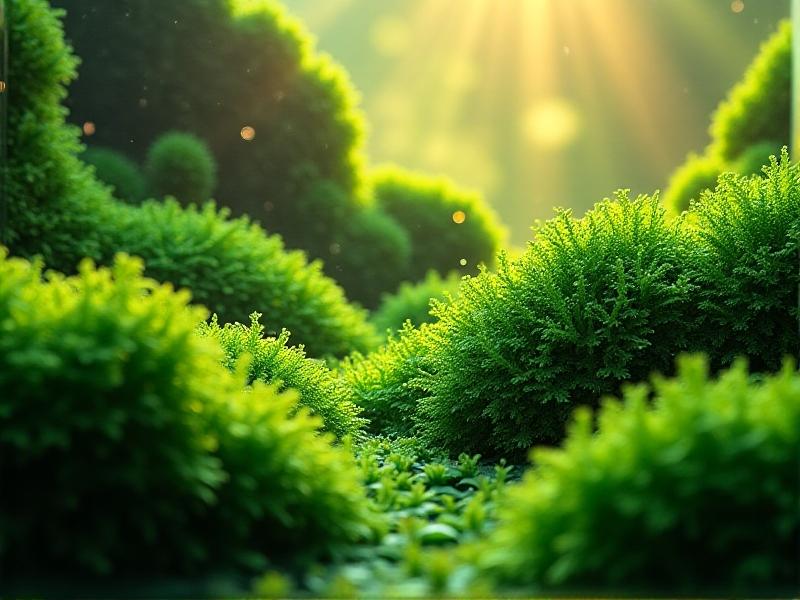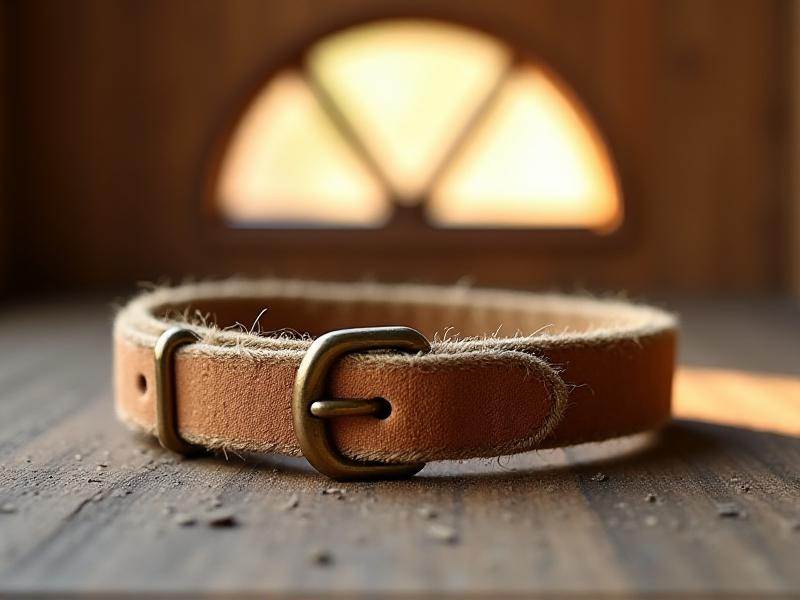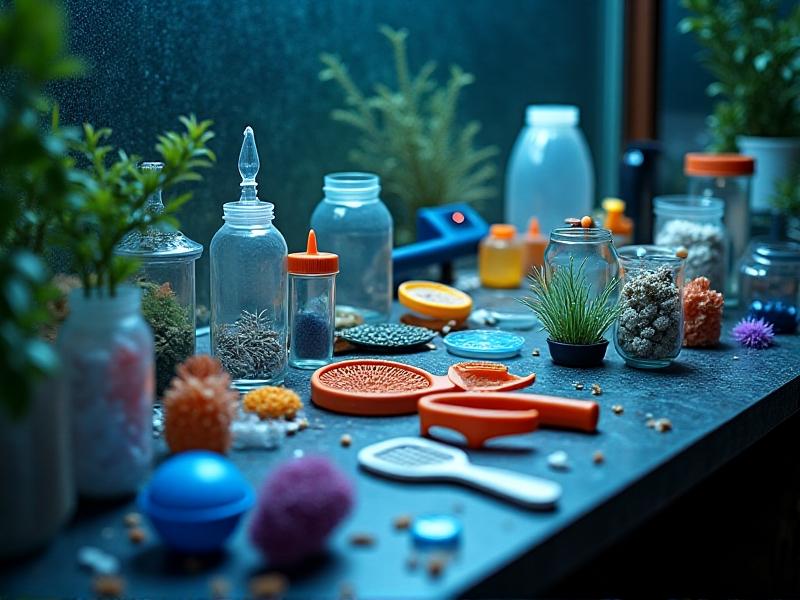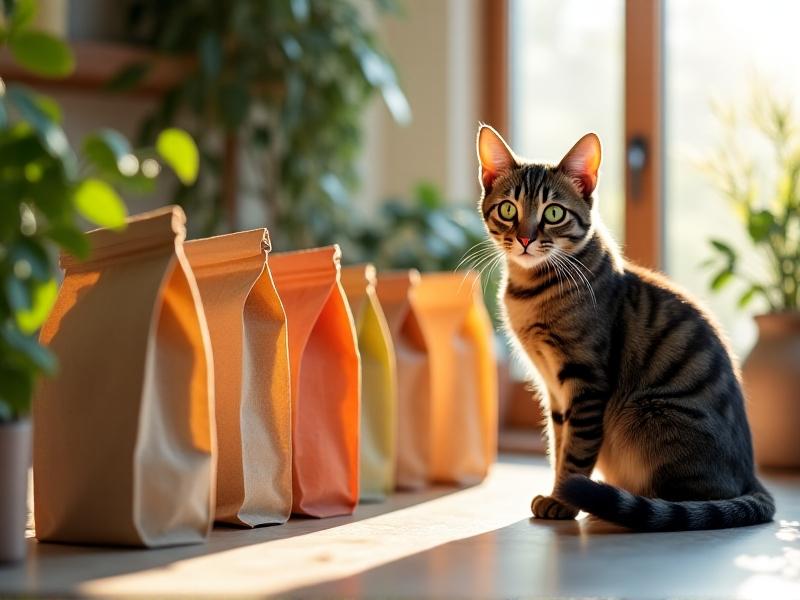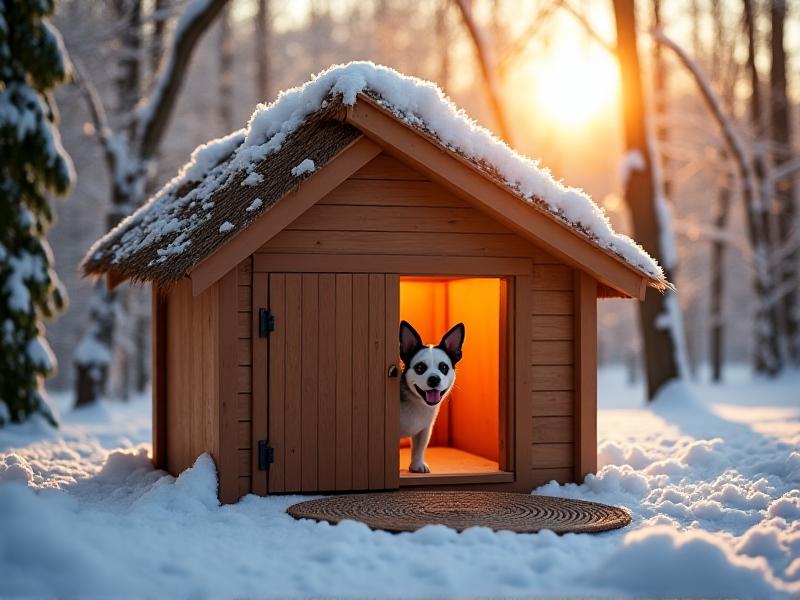Upcycled Decorations: Creating Aquatic Habitats from Household Items
Introduction to Upcycled Aquatic Decorations
Creating aquatic habitats from household items is not only an eco-friendly way to decorate but also a creative challenge that can transform your living space. Upcycling, the process of repurposing old or unused items into something new and valuable, has gained popularity in recent years. This article explores how you can use everyday household items to craft stunning aquatic decorations that breathe new life into your home while promoting sustainability.
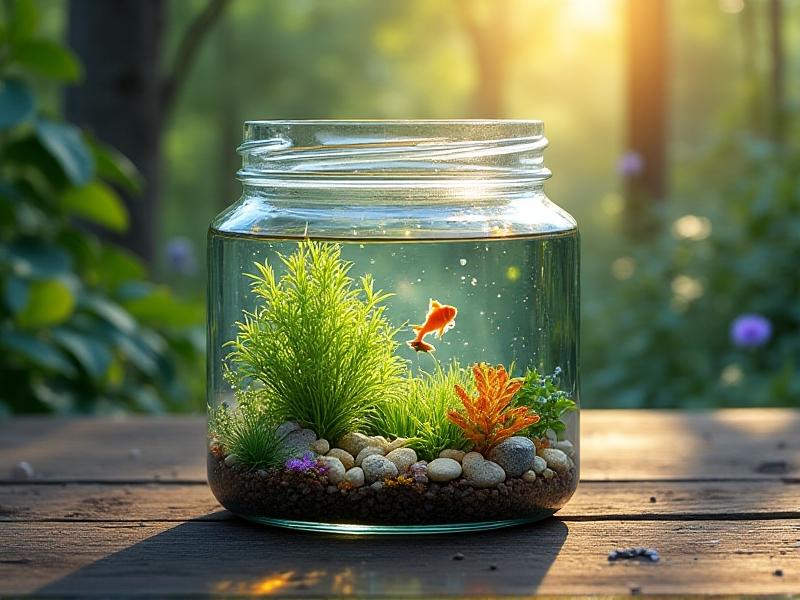
Why Upcycling is Perfect for Aquatic Decorations
Upcycling is an ideal approach for aquatic decorations because it allows you to create unique, personalized pieces while reducing waste. Many household items, such as glass jars, old vases, and even plastic bottles, can be repurposed into beautiful aquatic habitats. This not only saves money but also encourages creativity and resourcefulness. Additionally, upcycled decorations often have a charming, rustic aesthetic that complements various interior styles.
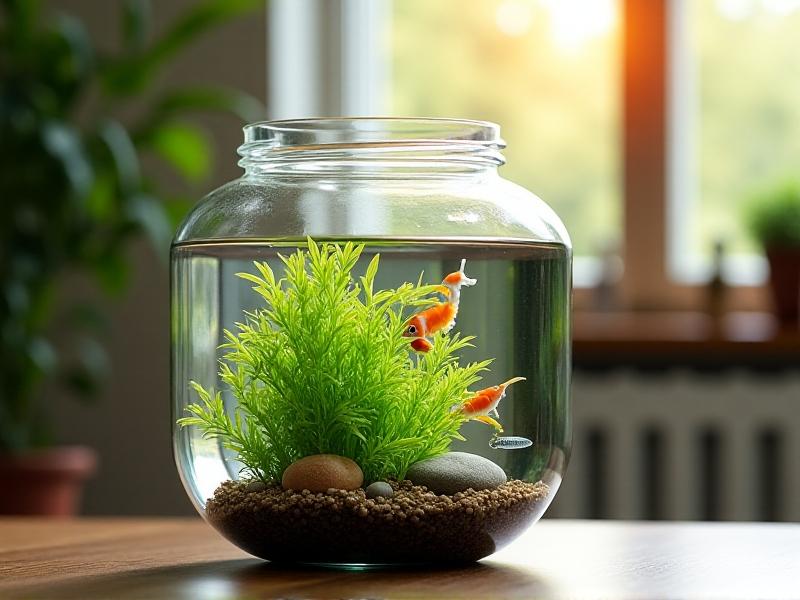
Materials You Can Use for Upcycled Aquatic Decorations
When it comes to upcycling for aquatic decorations, the possibilities are endless. Common materials include glass jars, old fish tanks, ceramic bowls, and even plastic containers. Natural elements like stones, shells, and driftwood can also be incorporated to enhance the aesthetic. It's important to ensure that the materials you choose are safe for aquatic life, especially if you plan to include fish or other living creatures.
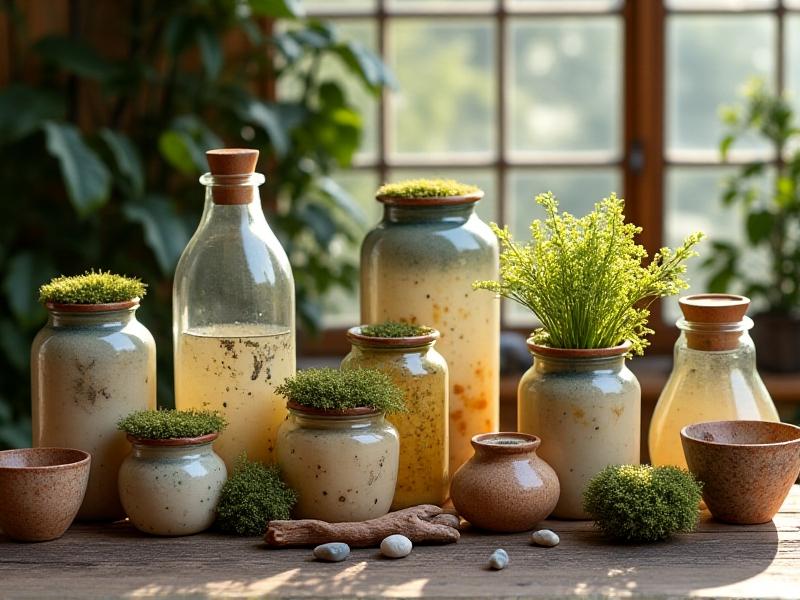
Step-by-Step Guide to Creating a Glass Jar Aquarium
One of the simplest and most effective ways to create an upcycled aquatic habitat is by using a glass jar. Start by thoroughly cleaning the jar to remove any residues. Add a layer of pebbles or gravel at the bottom for drainage, followed by a layer of activated charcoal to keep the water clean. Then, add aquatic plants and fill the jar with dechlorinated water. You can also include small fish or shrimp, but make sure the jar is large enough to provide them with adequate space.
Transforming Old Vases into Aquatic Masterpieces
Old vases can be repurposed into stunning aquatic decorations with a little creativity. Begin by cleaning the vase and adding a layer of sand or gravel at the bottom. Next, arrange aquatic plants and decorative stones to create a visually appealing layout. Fill the vase with water and consider adding a small water pump to create a gentle flow. This not only enhances the aesthetic but also helps maintain water quality.
Using Plastic Bottles for Mini Aquatic Gardens
Plastic bottles are another versatile material for upcycled aquatic decorations. Cut the bottle in half and use the bottom part as a container. Add a layer of gravel, followed by aquatic plants and water. You can also create a hanging garden by attaching strings to the bottle and suspending it from a ceiling or wall. This is a great way to add greenery to small spaces while recycling plastic waste.
Incorporating Natural Elements for a Rustic Touch
Natural elements like stones, shells, and driftwood can add a rustic touch to your upcycled aquatic decorations. These materials not only enhance the aesthetic but also provide a more natural habitat for aquatic life. Arrange the elements in a way that mimics a natural aquatic environment, such as a riverbed or ocean floor. This creates a more authentic and visually appealing decoration.
Maintaining Your Upcycled Aquatic Habitats
Proper maintenance is crucial to keep your upcycled aquatic habitats thriving. Regularly check the water quality and replace it as needed. Trim the plants to prevent overgrowth and remove any debris that may accumulate. If you include fish or other living creatures, ensure they are fed and their environment is kept clean. With proper care, your upcycled aquatic decorations can remain beautiful and functional for a long time.
Creative Ideas for Upcycled Aquatic Decorations
There are countless creative ideas for upcycled aquatic decorations. Consider using old teapots, wine bottles, or even boots as unique containers. You can also create themed decorations, such as a beach-inspired habitat with sand and seashells or a jungle-themed setup with lush plants and driftwood. The key is to let your imagination run wild and experiment with different materials and layouts.
Benefits of Upcycled Aquatic Decorations
Upcycled aquatic decorations offer numerous benefits. They are eco-friendly, cost-effective, and promote creativity. Additionally, they can improve indoor air quality and create a calming atmosphere. By upcycling, you contribute to reducing waste and making a positive impact on the environment. These decorations also serve as a conversation starter, showcasing your commitment to sustainability and innovation.
Conclusion: Embracing Upcycled Aquatic Decorations
Upcycled aquatic decorations are a fantastic way to combine creativity, sustainability, and functionality. By repurposing household items, you can create unique and beautiful aquatic habitats that enhance your living space while reducing waste. Whether you're a seasoned DIY enthusiast or a beginner, there's no limit to what you can achieve with a little imagination and effort. Embrace the art of upcycling and transform your home into a haven of eco-friendly beauty.
